Home>Articles>How To Make All Types Of Window Locks More Secure
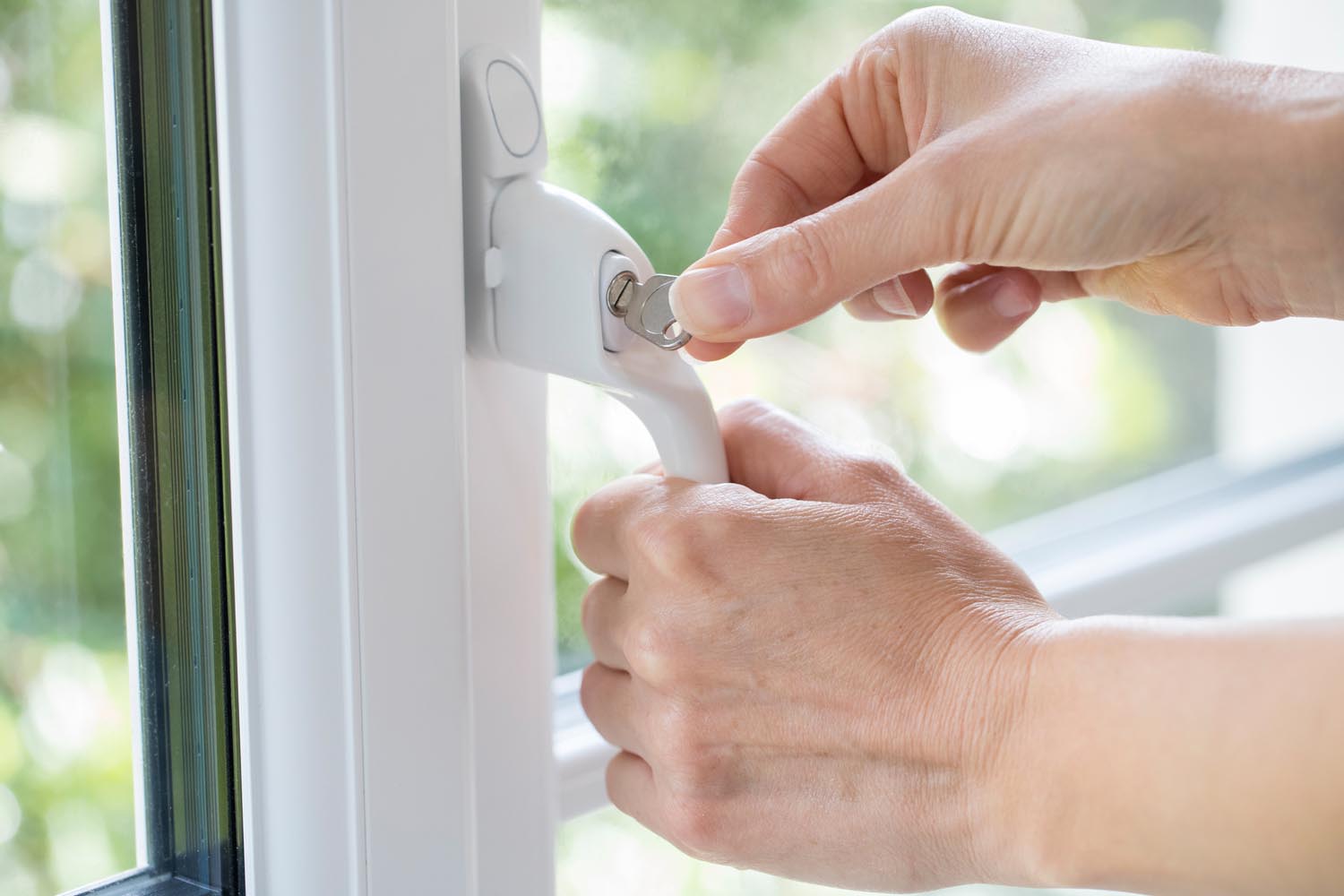

Articles
How To Make All Types Of Window Locks More Secure
Modified: January 29, 2024
Learn how to enhance the security of various window locks with these informative articles. Discover effective techniques to safeguard your home and loved ones.
(Many of the links in this article redirect to a specific reviewed product. Your purchase of these products through affiliate links helps to generate commission for Storables.com, at no extra cost. Learn more)
Introduction
Windows are an essential component of any home or building, providing natural light, ventilation, and a connection to the outside world. However, they can also be a vulnerable point for burglars and intruders. That’s why it’s crucial to ensure that your window locks are secure and provide effective protection for your property.
In this article, we will explore different types of window locks and common vulnerabilities associated with them. We will also provide useful tips to make each type of window lock more secure, whether you have sliding windows, double-hung windows, casement windows, or awning windows. By implementing these security measures, you can have peace of mind knowing that your home is well-protected.
Key Takeaways:
- Secure your home by understanding and addressing vulnerabilities in different window lock types. From sliding to awning windows, implement specific tips and additional security measures to create a robust defense against potential intruders.
- Enhance window security with practical tips such as installing additional locks, reinforcing tracks, and utilizing window security film. Consider additional measures like window alarms and smart home security for comprehensive protection.
Understanding Different Types of Window Locks
To effectively secure your windows, it is important to understand the different types of window locks available. Each type of lock is designed to work with specific window styles and offer varying levels of security. Here are four common types of window locks:
- Sliding Window Locks: Sliding windows typically feature a latch-style lock that keeps the window securely closed. The lock engages with a catch on the window frame, preventing it from being opened from the outside. However, these locks can be vulnerable to being forced open if they are not adequately reinforced.
- Double-Hung Window Locks: Double-hung windows have two movable panels that can slide vertically. They often come with sash locks that secure the two panels together when closed. These locks are typically located at the meeting rail of the window and can be easily operated with a latch or key. However, some older or poorly maintained double-hung windows may have worn or ineffective locks, making them susceptible to tampering.
- Casement Window Locks: Casement windows are hinged and often secured with a crank handle that operates a mechanism that locks the window in place when closed. The locking mechanism may be a latch-style lock or a cam lock that pulls the window tightly against the frame. It is important to ensure that casement window locks are in good working condition and are made of durable materials to prevent break-ins.
- Awning Window Locks: Awning windows are similar to casement windows but open from the bottom and tilt outward. They are typically secured with a lock bar or a latch mechanism that prevents the window from being opened further. It is important to regularly check the condition of awning window locks as they can wear out over time, compromising the security of your windows.
By understanding the different types of window locks, you can assess the security measures currently in place and determine if any improvements or upgrades are necessary. In the following sections, we will delve into specific tips and techniques for making each type of window lock more secure.
Common Vulnerabilities of Window Locks
While window locks are designed to provide security, they can still have vulnerabilities that burglars can exploit. Understanding these vulnerabilities is essential in order to address them effectively. Here are some common vulnerabilities associated with window locks:
- Weakened or Damaged Lock Components: Over time, the components of window locks, such as latch mechanisms, screws, or strike plates, can wear out or become damaged. This can make it easier for intruders to manipulate or break the lock, gaining unauthorized access to your home.
- Poor Installation: Improper installation of window locks can compromise their effectiveness. If the lock is not securely fastened to the window frame or if there are gaps between the lock and the frame, it can be easily forced open.
- Weak Materials: Window locks made from weak or inferior materials are more susceptible to being broken or manipulated. For example, locks made from plastic or low-quality metals can be easily damaged, providing little resistance to determined intruders.
- Lack of Reinforcement: In some cases, even a well-designed lock may not provide adequate security if the surrounding window frame or glass is weak. Weak window frames or glass can be easily broken, bypassing the lock entirely and allowing unauthorized access.
- Lack of Maintenance: Regular maintenance is crucial to ensure that window locks remain in good working condition. Neglecting to clean, lubricate, and inspect the locks can lead to rust, corrosion, or other issues that compromise their effectiveness.
By identifying these vulnerabilities, you can take proactive steps to address them and enhance the security of your window locks. In the next sections, we will provide tips and techniques to help you secure each type of window lock and mitigate these vulnerabilities effectively.
Tips for Securing Sliding Window Locks
Sliding windows are a popular choice in many homes due to their functionality and aesthetic appeal. However, their latching mechanism can be vulnerable to forced entry if not properly secured. Here are some tips for making your sliding window locks more secure:
- Install Window Locks: If your sliding windows do not have locks or have inadequate locks, consider installing additional window locks. There are various options available, including pin locks, track locks, and clamp locks. These supplementary locks can provide an extra layer of security by preventing the window from being forced open.
- Reinforce the Window Track: The track is a crucial component of sliding windows, as it facilitates smooth movement. However, it can also be a weak point in terms of security. To reinforce the track, you can install a security bar or rod that prevents the window from sliding open. This bar can be easily removed when you want to open the window fully.
- Use Window Security Film: Window security film is a transparent adhesive film that can be applied to the glass surface of sliding windows. It adds an extra layer of protection by making the glass more resistant to breaking or shattering. Even if a burglar manages to bypass the lock, the security film can deter their progress and give you more time to respond.
- Install Window Sensors: Window sensors are an effective security addition for sliding windows. These sensors can detect any movement or opening of the window and trigger an alarm. This not only alerts you to potential intruders, but it can also deter them from attempting to gain entry in the first place.
- Maintain the Window Locks: Regular maintenance is essential to ensure that your sliding window locks are in good working condition. Clean the locks regularly to remove any dirt or debris that may affect their operation. Inspect the locks for any signs of damage or wear and replace any faulty components promptly.
By implementing these tips, you can significantly enhance the security of your sliding window locks. Remember, the goal is to make it as difficult as possible for potential intruders to bypass the lock and gain access to your home. In the next sections, we will provide tips for securing other types of window locks, including double-hung, casement, and awning windows.
Tips for Securing Double-Hung Window Locks
Double-hung windows are commonly found in homes and consist of two vertically sliding sashes. These types of windows often come with built-in locks, but there are additional steps you can take to enhance their security. Here are some tips for securing double-hung window locks:
- Upgrade to Keyed Locks: Consider upgrading your standard latch-style locks to keyed locks. Keyed locks provide an extra layer of security by requiring a key to unlock and open the window. This can be particularly effective in deterring unauthorized access.
- Install Window Pins: Window pins can be inserted into the vertical tracks of the double-hung window to prevent the sashes from being opened. These pins act as a physical barrier that prevents the window from being lifted or forced open from the outside.
- Use Window Security Bars: Window security bars can be installed on the interior side of the double-hung window. These bars act as a strong physical barrier that prevents the window from being opened. Choose security bars that can be easily released from the inside to allow for emergency exit if needed.
- Consider Window Film: Window security film can also be applied to double-hung windows to reinforce the glass and make it more difficult to break. This film can provide an additional layer of protection, even if an intruder manages to bypass the locks.
- Maintain the Locks: Regularly inspect and maintain the locks on your double-hung windows. Ensure that the locks are properly aligned and securely fastened to the window sashes. Lubricate the lock mechanism to ensure smooth operation and replace any worn-out or damaged components promptly.
By implementing these tips, you can significantly improve the security of your double-hung window locks and make it more difficult for intruders to gain access to your home. Remember to assess the security of your windows on a regular basis and take necessary steps to address any vulnerabilities. Next, we will provide tips for securing casement window locks.
Consider installing additional security measures such as window bars, security film, or reinforced glass to make your window locks more secure. These measures can provide an extra layer of protection against forced entry.
Read more: What Are All The Types Of Grass
Tips for Securing Casement Window Locks
Casement windows are hinged windows that swing open like a door. Their unique design provides a great level of security, but it’s still important to take steps to enhance their locking mechanism. Here are some tips for securing casement window locks:
- Upgrade the Locks: Consider upgrading your casement window locks to robust and secure models. Look for locks made from durable materials such as stainless steel or brass. Choose locks that have a strong latch mechanism and are resistant to tampering.
- Reinforce the Window Frame: Casement windows rely on a solid frame to provide security. Ensure that the window frame is made of sturdy materials and is in good condition. Reinforce the frame with additional support brackets or corner braces if necessary.
- Install Window Security Film: Window security film can be applied to the glass of casement windows to make it more difficult to break or shatter. This film adds an extra layer of protection and can buy you valuable time in the event of a break-in attempt.
- Use Window Bars or Grilles: Install window bars or grilles on the interior or the exterior of your casement windows. These physical barriers not only deter potential intruders but also provide an added layer of security.
- Consider Security Sensors: Install window sensors that can detect any tampering or forced entry attempts. These sensors can trigger an alarm and alert you or a security monitoring service to potential break-ins.
- Maintain the Hardware: Regularly inspect and maintain the hardware of your casement windows. Lubricate the hinges, handles, and lock mechanisms to ensure smooth operation. Replace any worn or damaged hardware components promptly.
By following these tips, you can significantly enhance the security of your casement window locks and strengthen their resistance against potential break-ins. Remember, a combination of sturdy locks, reinforced frames, and additional security measures can provide comprehensive protection for your casement windows. In the next section, we will provide tips for securing awning window locks.
Tips for Securing Awning Window Locks
Awning windows are hinged at the top and open outward, resembling an awning. While they offer great ventilation and protection against rain, it’s vital to ensure their locks are secure. Here are some tips for securing awning window locks:
- Upgrade the Locks: Consider replacing the existing latch-style locks on your awning windows with more robust and secure options. Look for locks that have a strong mechanism and are resistant to tampering or picking.
- Reinforce the Window Frame: Check the window frames for any signs of weakness or damage. Reinforce the frames using metal brackets or braces to make them more resistant to prying or forced entry.
- Install Window Security Film: Apply window security film to the glass of your awning windows to strengthen them against breakage. The film creates a barrier that makes it more difficult for intruders to gain access through the windows.
- Use Window Bars or Grilles: Install window bars or grilles on the interior or exterior of your awning windows. These physical barriers act as a deterrent to potential burglars and provide an extra layer of protection.
- Consider Window Sensors: Install window sensors that can detect any attempts of forced entry or tampering with the awning windows. These sensors can trigger an alarm and notify you or a security service in case of a break-in.
- Maintain the Hardware: Regularly inspect and maintain the hardware of your awning windows. Lubricate the hinges and check the lock mechanism to ensure smooth operation. Replace any worn or damaged hardware components to maintain optimal security.
By implementing these tips, you can significantly enhance the security of your awning window locks and protect your home from potential intruders. Remember to choose high-quality locks, reinforce the window frames, and consider additional security measures to create a comprehensive defense for your awning windows. In the next section, we will discuss additional security measures you can take to further safeguard your windows.
Additional Security Measures for Window Locks
While securing the window locks themselves is essential, there are additional security measures you can take to further enhance the safety and protection of your windows. These measures provide an extra layer of security and can help deter potential intruders. Here are some additional security measures to consider:
- Install Window Security Film: Window security film is a transparent, adhesive film that can be applied to the glass of your windows. It helps reinforce the glass, making it more difficult to break and shatter. This can significantly deter intruders and buy you precious time during a break-in attempt.
- Add Reinforcement Bars: Install window reinforcement bars on the interior or exterior of your windows. These bars provide added strength and security, making it extremely difficult for burglars to force the windows open.
- Consider Window Alarms: Window alarms are small devices that can be attached to windows and trigger an alarm when the window is opened or tampered with. The loud sound can alert you and scare off potential intruders.
- Install Window Shutters or Blinds: Window shutters or blinds not only provide privacy and light control but also act as a deterrent to burglars. Closed shutters or blinds can make it difficult for criminals to see inside your home, reducing the chances of them targeting your property.
- Utilize Security Cameras: Install security cameras around your windows to monitor any suspicious activity. Visible cameras can serve as a deterrent, while recorded footage can provide valuable evidence in the event of a burglary.
- Implement Smart Home Security: Consider integrating your window locks into a smart home security system. Smart locks, motion sensors, and security cameras can be controlled and monitored remotely, providing enhanced security and peace of mind.
By implementing these additional security measures, you can significantly improve the overall security of your windows and create a more robust defense against potential intruders. Remember to assess your specific needs and the layout of your home to determine which measures are most suitable for you.
Conclusion
Ensuring the security of your windows is crucial for the overall safety and protection of your home or building. By understanding the different types of window locks and their vulnerabilities, you can take proactive steps to enhance their security and reduce the risk of break-ins.
Throughout this article, we have explored various tips and measures to make different types of window locks more secure. From securing sliding window locks with additional locks and reinforced tracks, to upgrading double-hung window locks and reinforcing casement and awning window locks, each type requires specific attention and considerations.
In addition to the tips mentioned for each type of window lock, there are additional security measures you can take, such as installing window security film, adding reinforcement bars, utilizing window alarms, and incorporating smart home security systems. These measures can provide an added layer of protection and peace of mind.
Remember to regularly inspect and maintain your window locks, as well as the overall condition of your windows and frames. Update any outdated or damaged locks and hardware components promptly, and address any vulnerabilities you identify.
By implementing these security measures and staying vigilant, you can significantly improve the security of your windows and safeguard your home against potential intrusions. Always prioritize your safety and consult with professionals if needed to ensure the optimal security of your windows.
Remember, the security of your windows is not just about protecting your property from break-ins, but also about creating a sense of security and peace of mind for you and your family. Take the necessary steps to secure your windows, and enjoy the comfort and safety of your home.
Frequently Asked Questions about How To Make All Types Of Window Locks More Secure
Was this page helpful?
At Storables.com, we guarantee accurate and reliable information. Our content, validated by Expert Board Contributors, is crafted following stringent Editorial Policies. We're committed to providing you with well-researched, expert-backed insights for all your informational needs.
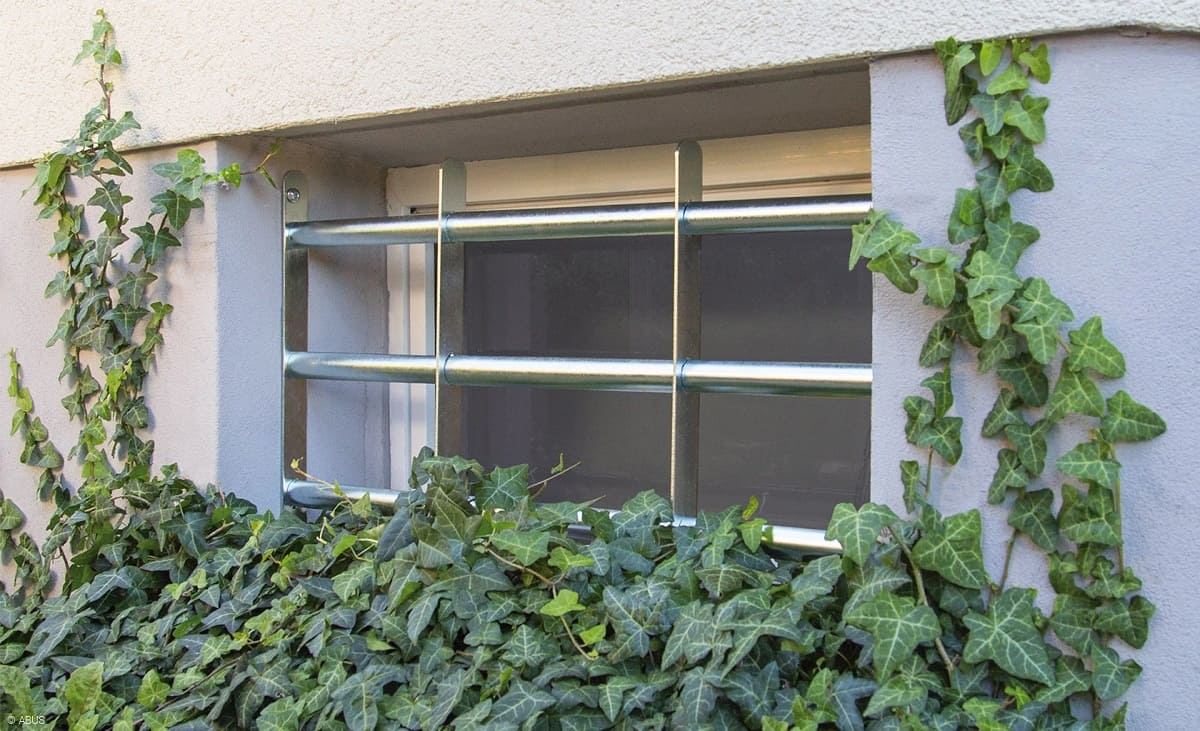
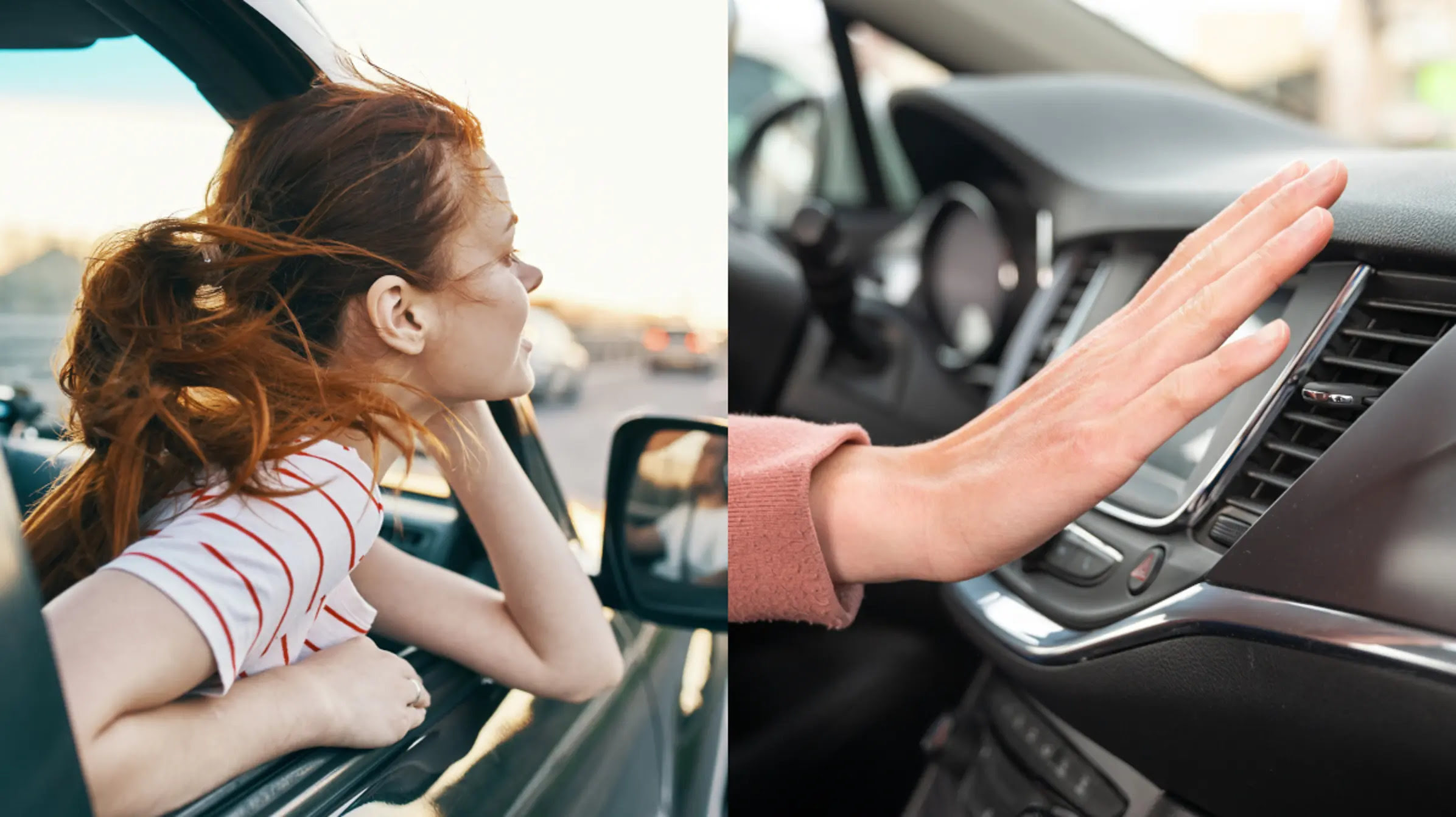
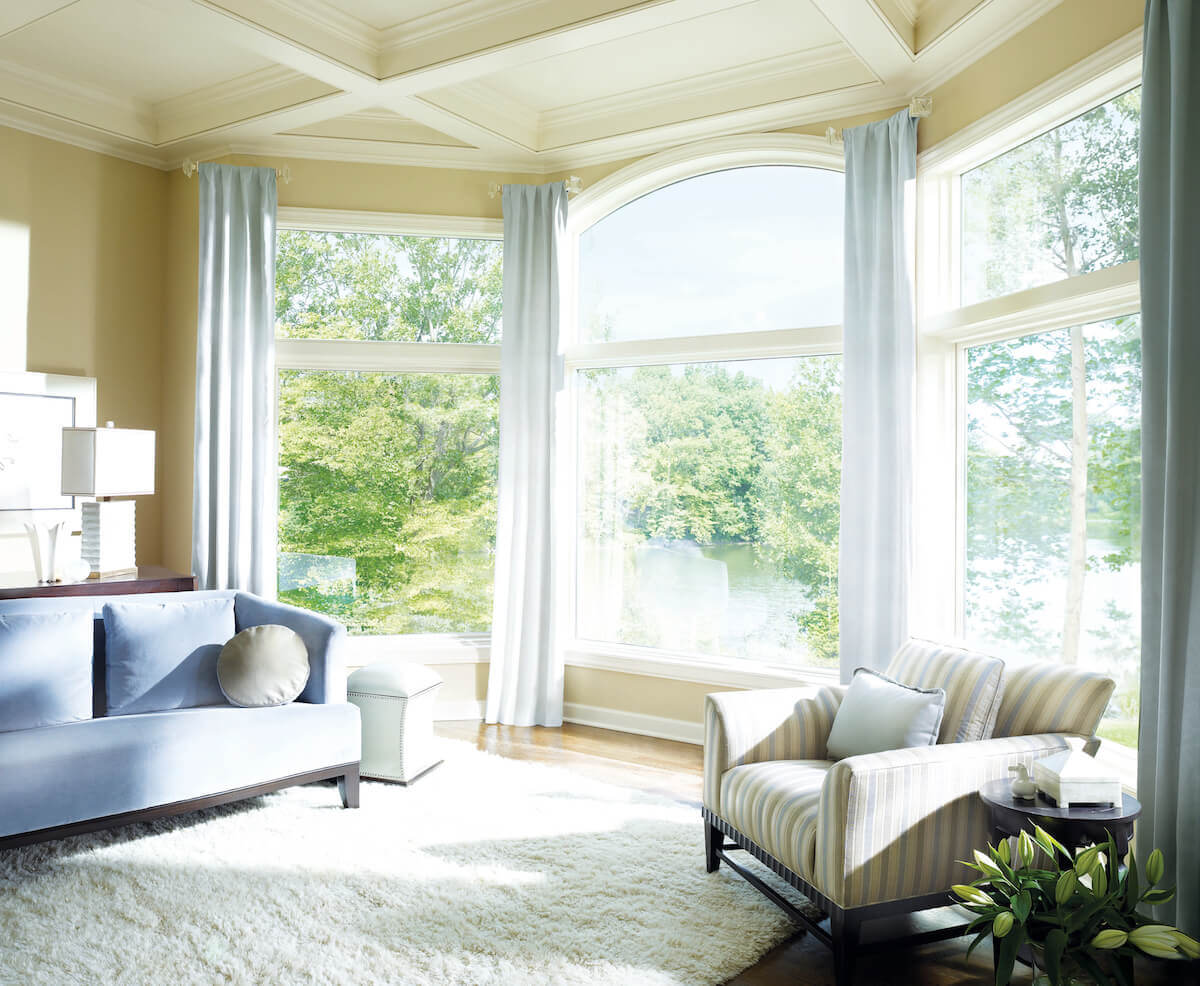
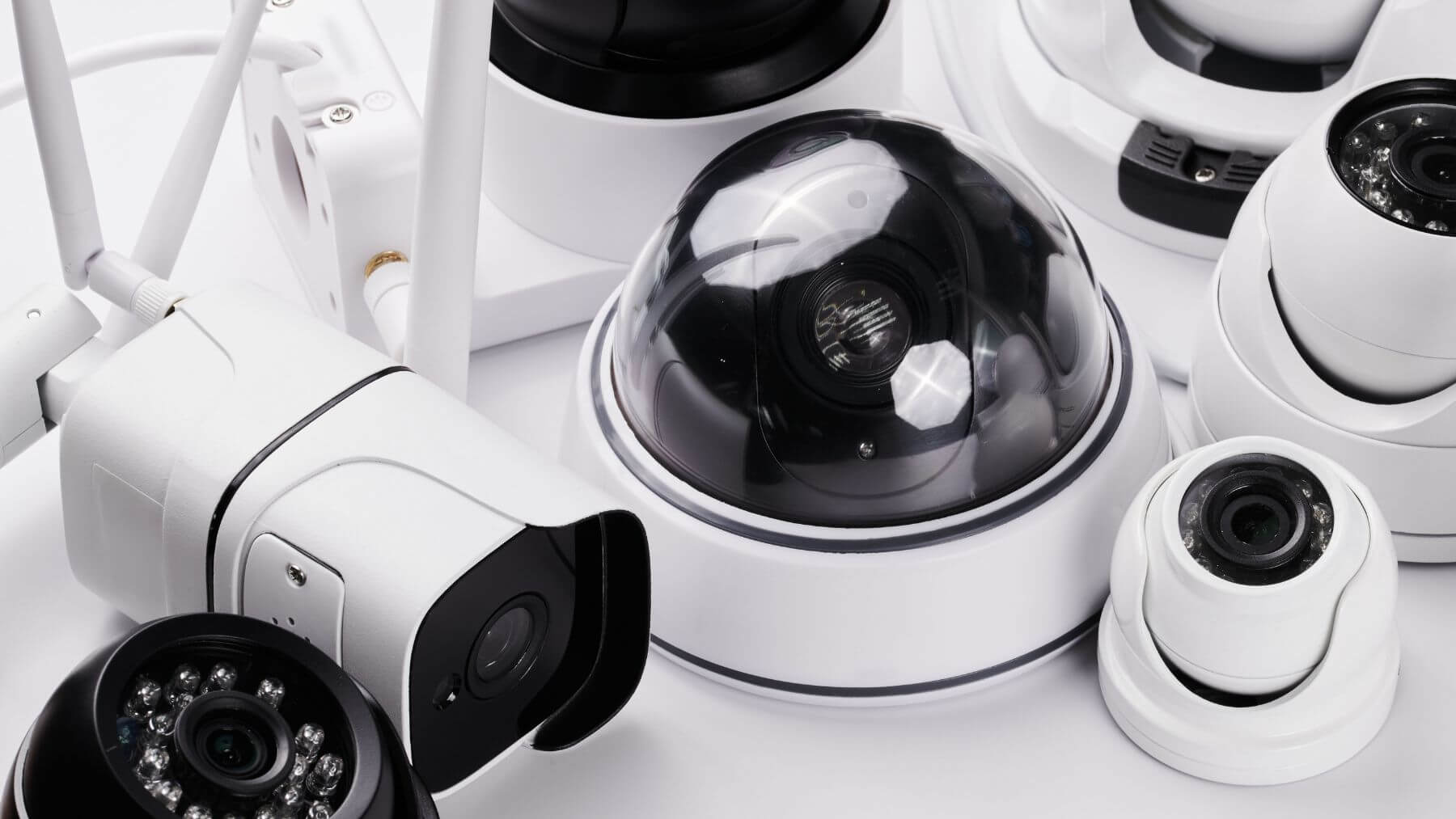

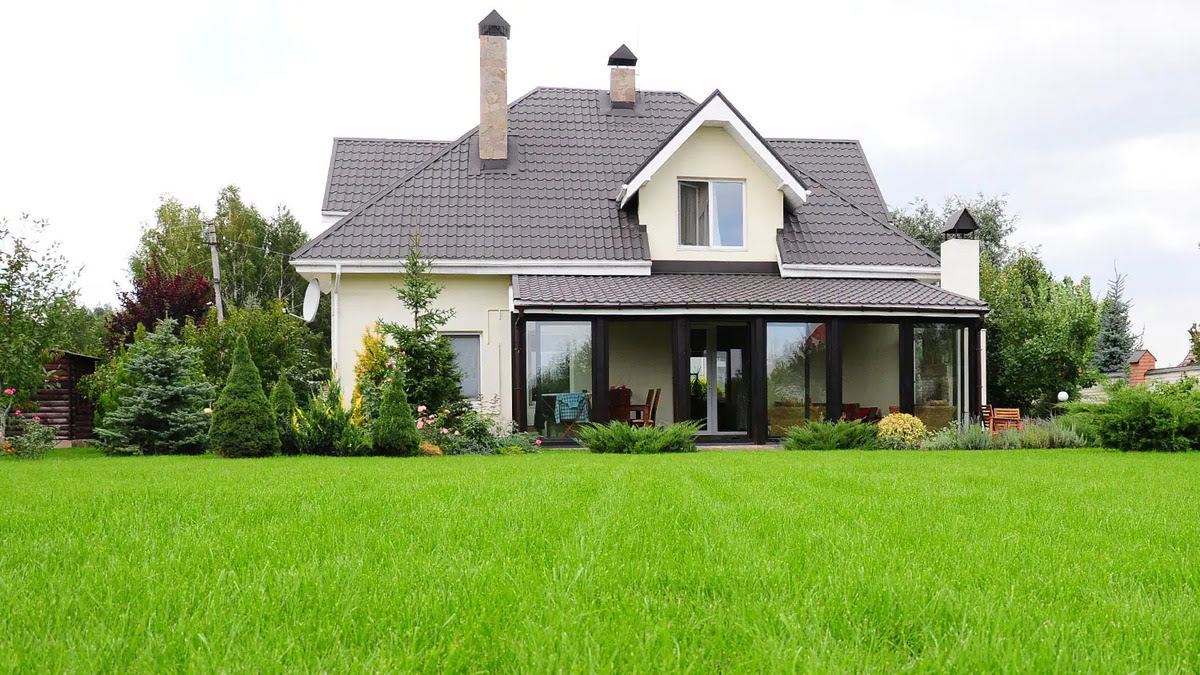
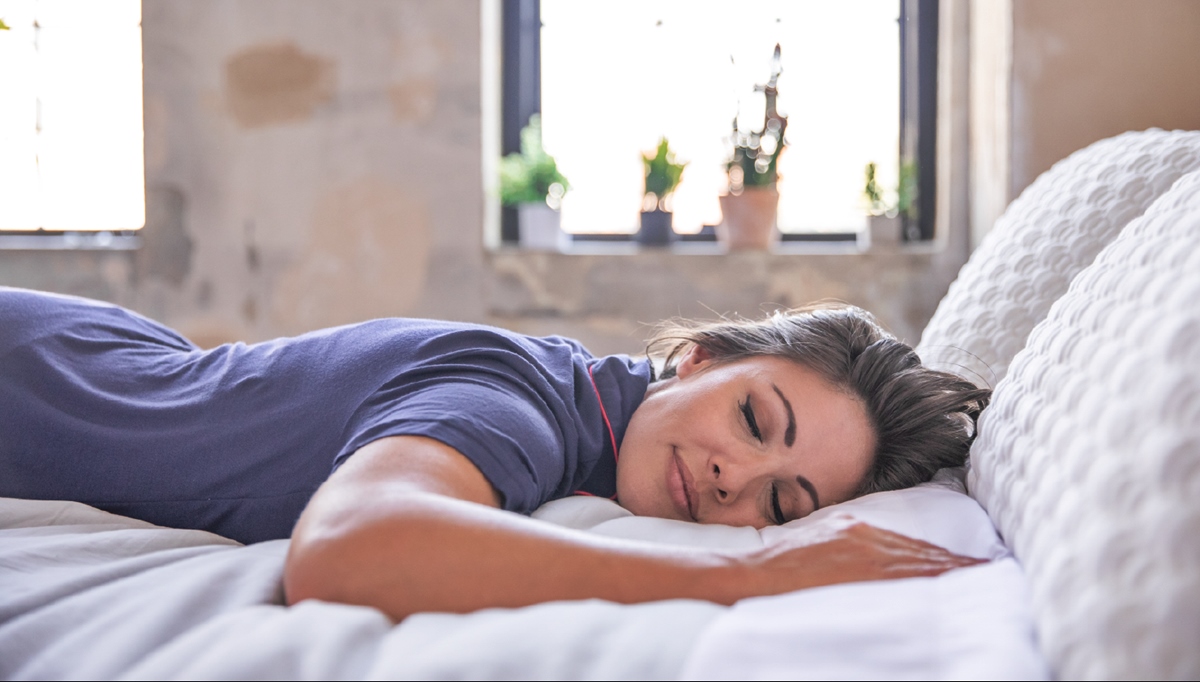

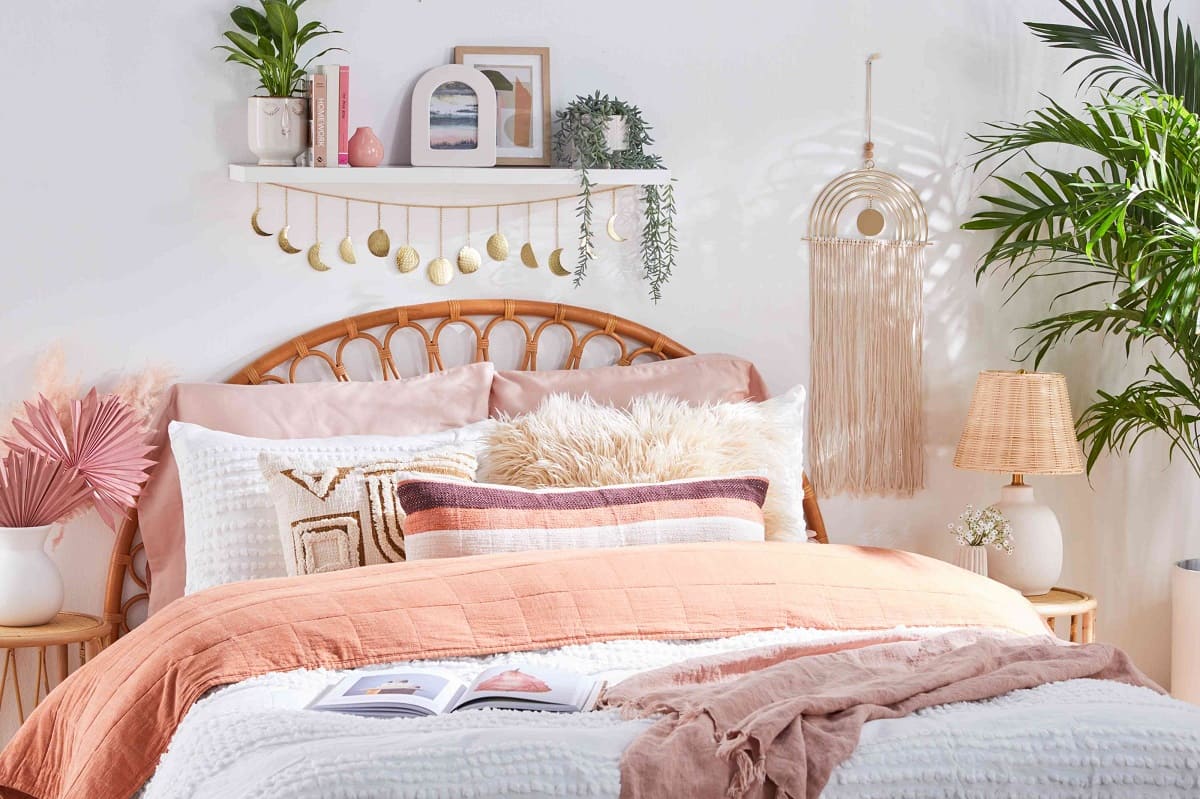
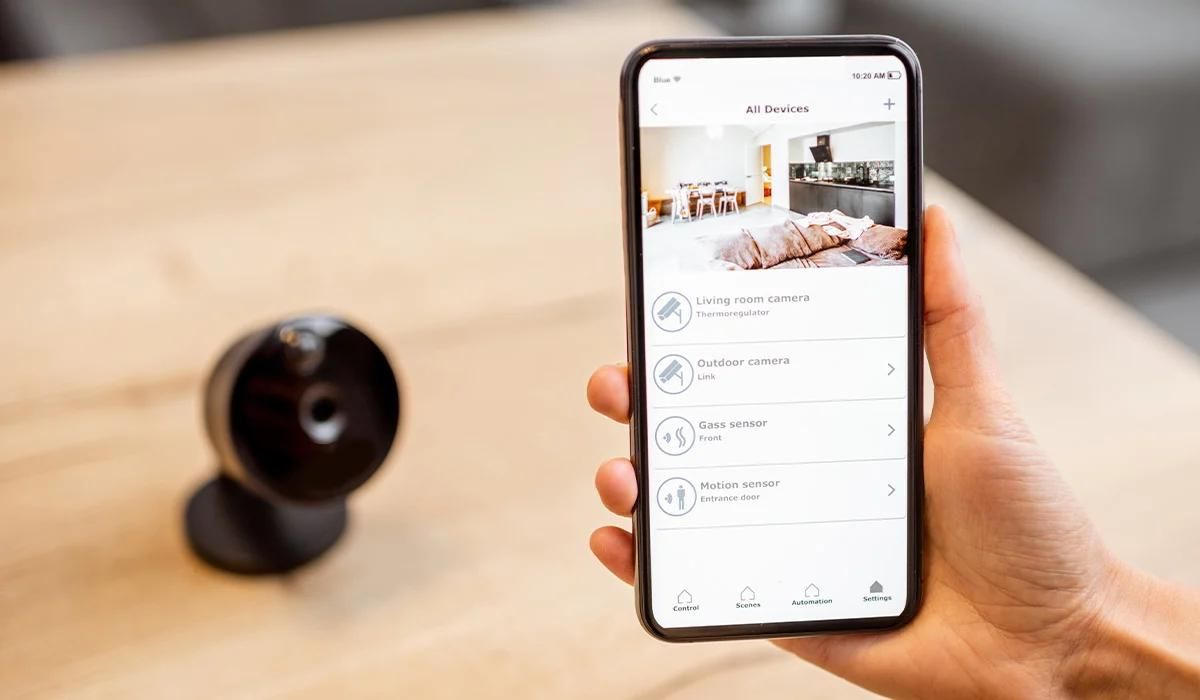
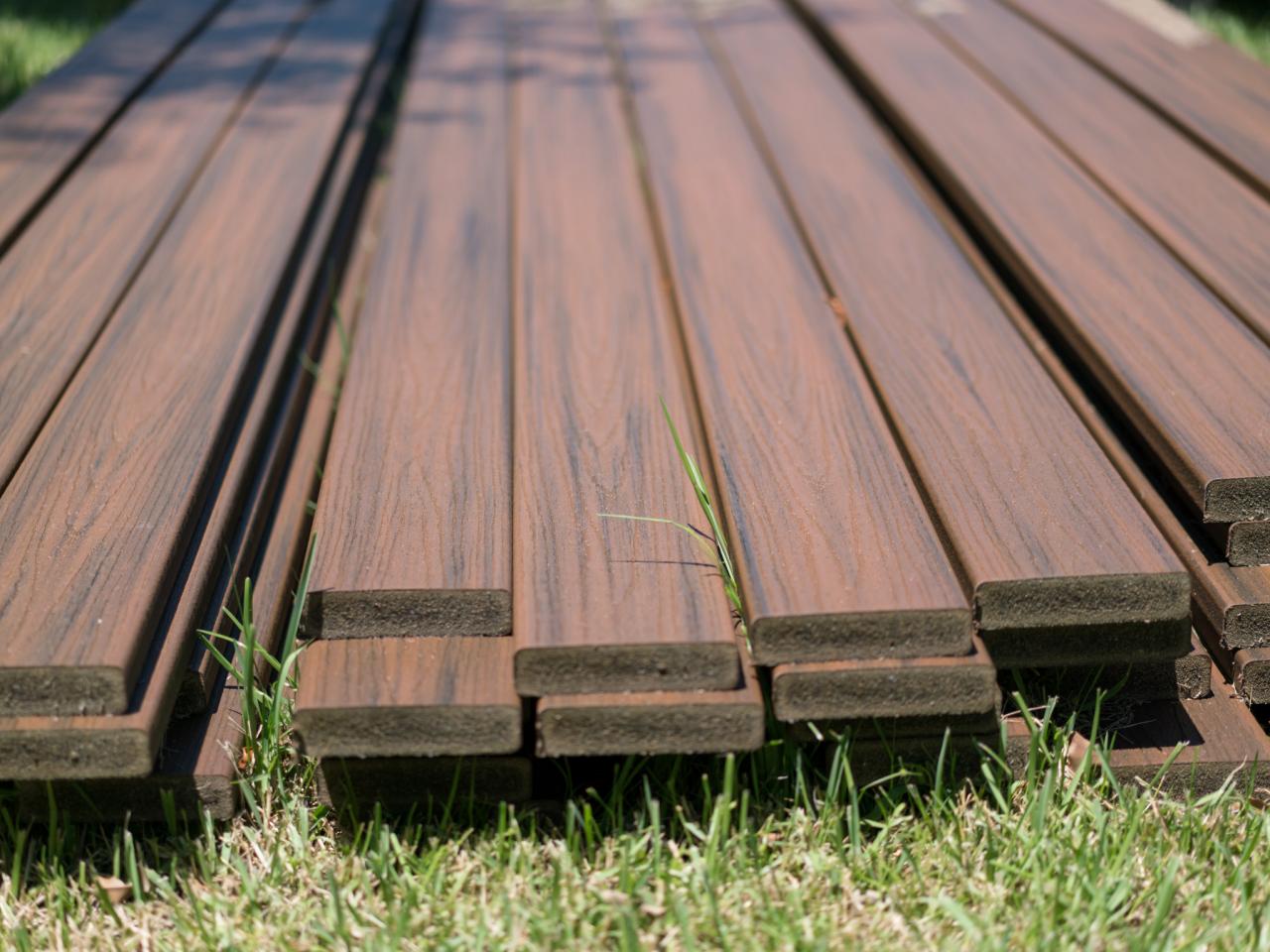
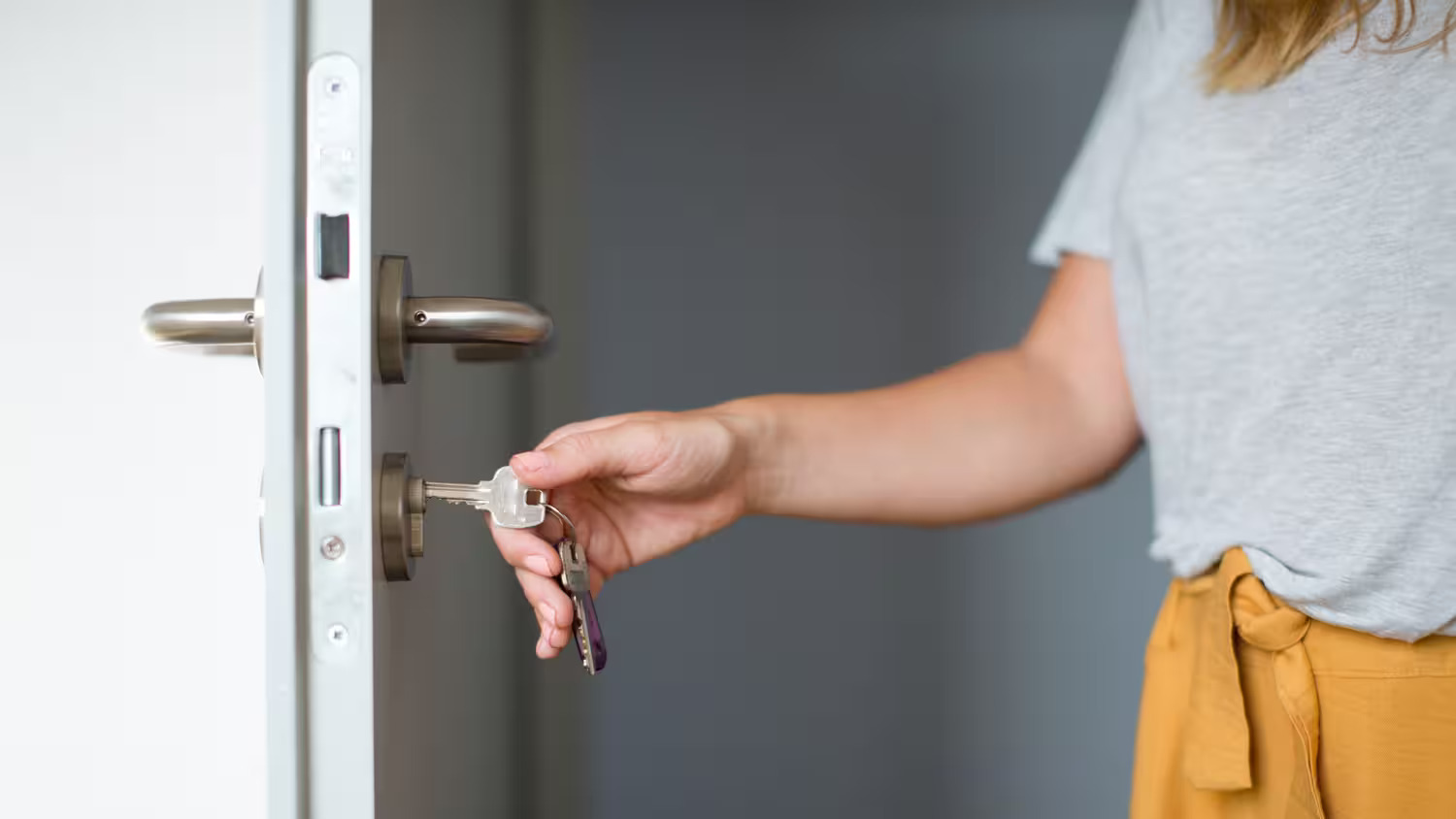
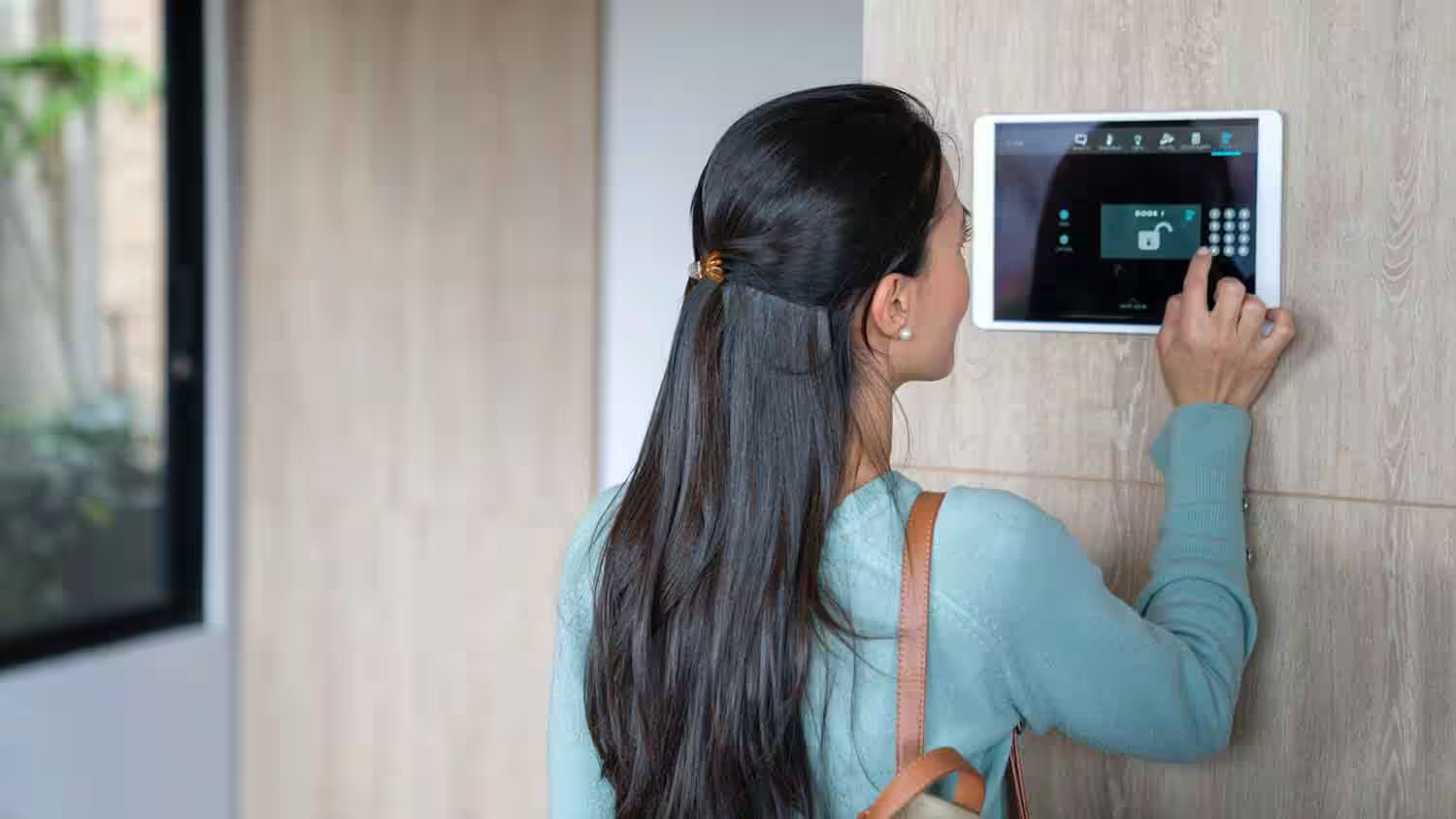
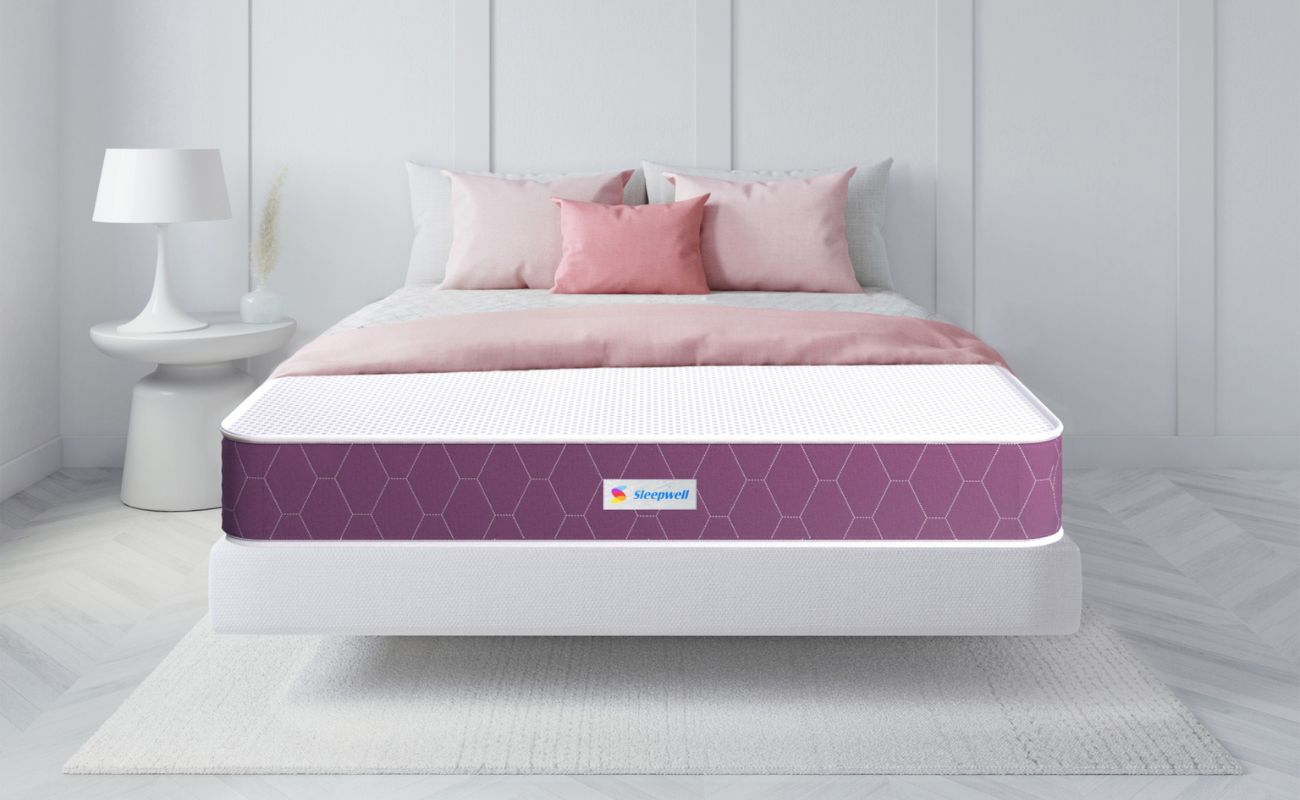

0 thoughts on “How To Make All Types Of Window Locks More Secure”